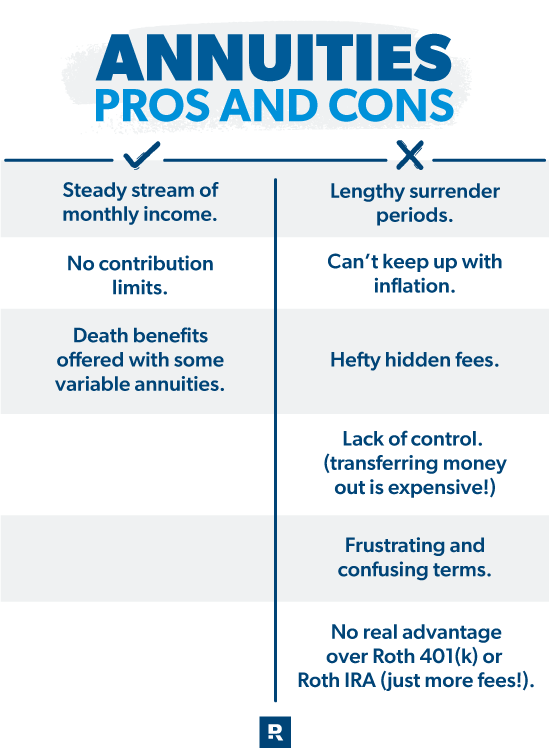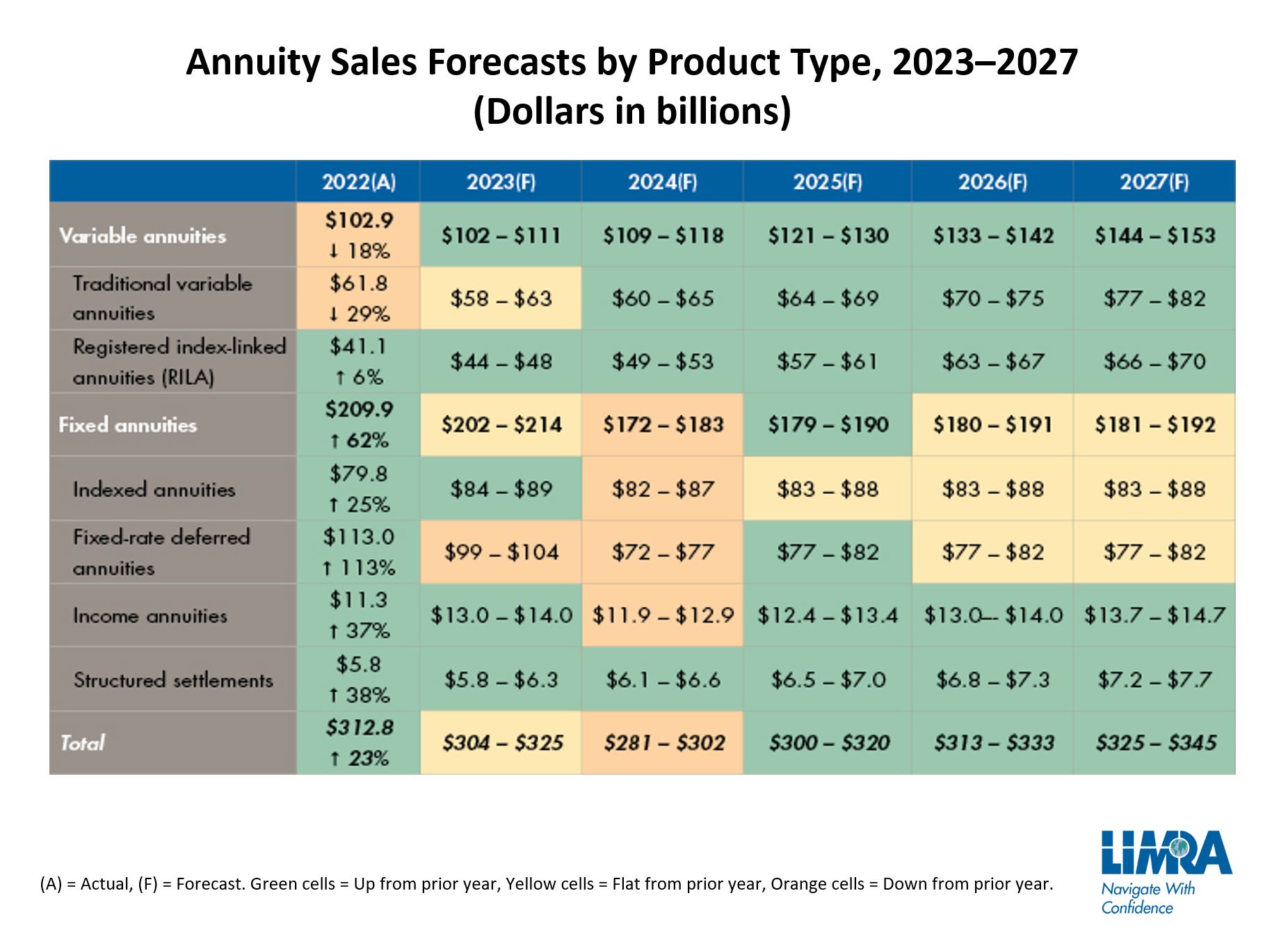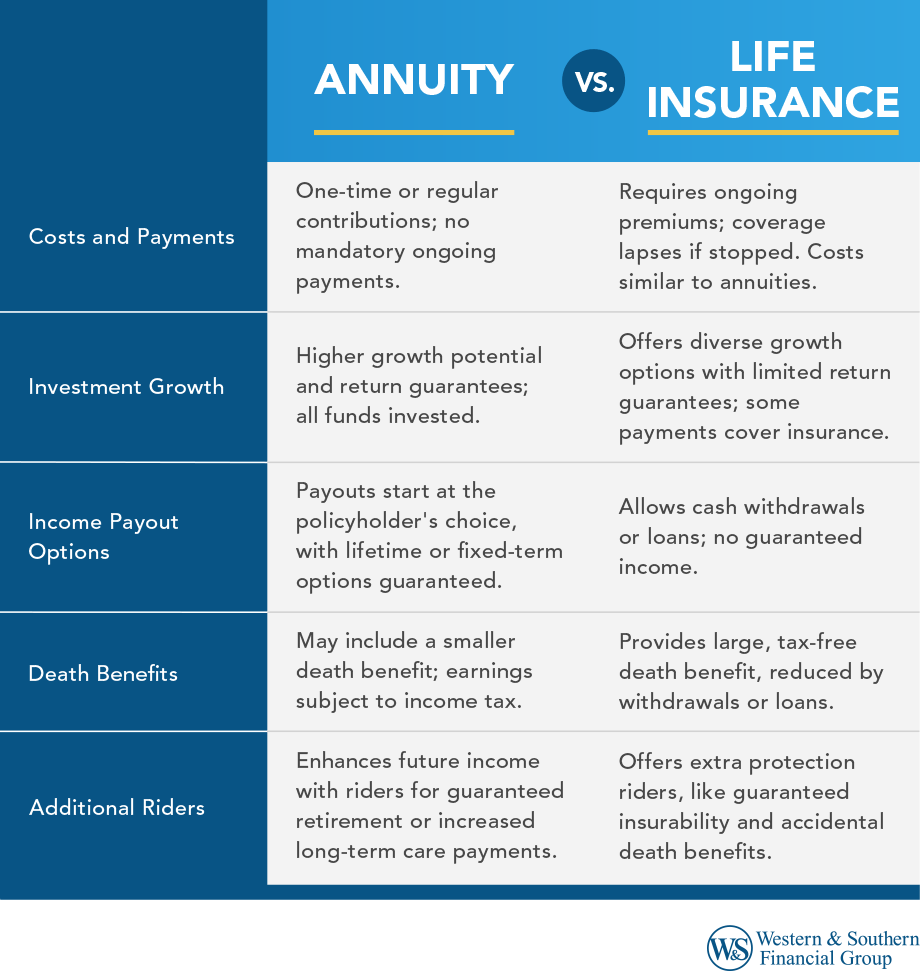All Categories
Featured
Table of Contents
Just as with a taken care of annuity, the owner of a variable annuity pays an insurer a lump sum or collection of settlements in exchange for the guarantee of a series of future repayments in return. However as mentioned above, while a taken care of annuity expands at a guaranteed, constant rate, a variable annuity expands at a variable price that depends upon the efficiency of the underlying investments, called sub-accounts.

Throughout the buildup phase, properties purchased variable annuity sub-accounts grow on a tax-deferred basis and are strained just when the agreement owner withdraws those incomes from the account. After the build-up stage comes the revenue phase. In time, variable annuity properties should theoretically increase in worth until the contract proprietor decides he or she wish to start taking out money from the account.
One of the most substantial problem that variable annuities typically present is high expense. Variable annuities have several layers of fees and expenses that can, in accumulation, create a drag of up to 3-4% of the agreement's worth yearly. Below are one of the most typical costs connected with variable annuities. This expense compensates the insurance provider for the threat that it presumes under the regards to the contract.
Analyzing Fixed Vs Variable Annuity Key Insights on Your Financial Future Defining Fixed Vs Variable Annuity Pros Cons Pros and Cons of Indexed Annuity Vs Fixed Annuity Why Annuities Variable Vs Fixed Matters for Retirement Planning Deferred Annuity Vs Variable Annuity: Simplified Key Differences Between Different Financial Strategies Understanding the Risks of Fixed Interest Annuity Vs Variable Investment Annuity Who Should Consider Fixed Vs Variable Annuity? Tips for Choosing the Best Investment Strategy FAQs About Planning Your Financial Future Common Mistakes to Avoid When Choosing a Financial Strategy Financial Planning Simplified: Understanding Your Options A Beginner’s Guide to Pros And Cons Of Fixed Annuity And Variable Annuity A Closer Look at Pros And Cons Of Fixed Annuity And Variable Annuity
M&E cost charges are computed as a percentage of the contract worth Annuity issuers hand down recordkeeping and various other administrative costs to the agreement owner. This can be in the form of a flat annual charge or a portion of the agreement value. Administrative fees might be included as part of the M&E danger cost or may be assessed independently.
These charges can range from 0.1% for easy funds to 1.5% or even more for actively managed funds. Annuity agreements can be customized in a variety of ways to offer the certain demands of the agreement owner. Some usual variable annuity riders consist of guaranteed minimal buildup advantage (GMAB), guaranteed minimum withdrawal benefit (GMWB), and assured minimal income benefit (GMIB).

Variable annuity contributions give no such tax deduction. Variable annuities tend to be very ineffective lorries for passing wealth to the following generation since they do not enjoy a cost-basis modification when the original contract owner dies. When the proprietor of a taxed investment account dies, the expense bases of the investments held in the account are adjusted to mirror the marketplace prices of those financial investments at the time of the proprietor's fatality.
Breaking Down Your Investment Choices Key Insights on Pros And Cons Of Fixed Annuity And Variable Annuity What Is Variable Annuity Vs Fixed Annuity? Benefits of Choosing the Right Financial Plan Why Choosing the Right Financial Strategy Can Impact Your Future Indexed Annuity Vs Fixed Annuity: A Complete Overview Key Differences Between Different Financial Strategies Understanding the Key Features of Long-Term Investments Who Should Consider Fixed Annuity Vs Variable Annuity? Tips for Choosing the Best Investment Strategy FAQs About Planning Your Financial Future Common Mistakes to Avoid When Choosing Fixed Annuity Vs Variable Annuity Financial Planning Simplified: Understanding Pros And Cons Of Fixed Annuity And Variable Annuity A Beginner’s Guide to Variable Vs Fixed Annuities A Closer Look at Variable Annuities Vs Fixed Annuities
Heirs can inherit a taxable financial investment profile with a "clean slate" from a tax perspective. Such is not the case with variable annuities. Investments held within a variable annuity do not obtain a cost-basis modification when the initial proprietor of the annuity dies. This implies that any kind of built up latent gains will be handed down to the annuity owner's successors, together with the connected tax obligation concern.
One significant concern associated to variable annuities is the capacity for problems of interest that might exist on the part of annuity salespeople. Unlike a financial advisor, who has a fiduciary task to make financial investment decisions that profit the client, an insurance policy broker has no such fiduciary commitment. Annuity sales are very rewarding for the insurance coverage professionals who offer them since of high upfront sales compensations.

Numerous variable annuity contracts have language which puts a cap on the percentage of gain that can be experienced by certain sub-accounts. These caps avoid the annuity owner from totally participating in a portion of gains that can otherwise be appreciated in years in which markets create significant returns. From an outsider's point of view, presumably that capitalists are trading a cap on financial investment returns for the previously mentioned assured floor on investment returns.
As kept in mind over, give up costs can significantly limit an annuity proprietor's capability to relocate possessions out of an annuity in the very early years of the contract. Further, while a lot of variable annuities allow agreement proprietors to withdraw a specified quantity throughout the accumulation stage, withdrawals beyond this amount generally cause a company-imposed fee.
Withdrawals made from a set rates of interest investment option might additionally experience a "market price adjustment" or MVA. An MVA changes the value of the withdrawal to reflect any changes in rate of interest rates from the moment that the cash was purchased the fixed-rate choice to the time that it was taken out.

Frequently, also the salesmen who sell them do not completely recognize exactly how they function, therefore salespeople in some cases exploit a buyer's emotions to offer variable annuities as opposed to the merits and viability of the items themselves. Our company believe that investors should completely understand what they possess and exactly how much they are paying to have it.
Highlighting Fixed Index Annuity Vs Variable Annuity Everything You Need to Know About Financial Strategies Defining Fixed Income Annuity Vs Variable Annuity Features of Smart Investment Choices Why Choosing the Right Financial Strategy Matters for Retirement Planning Tax Benefits Of Fixed Vs Variable Annuities: Explained in Detail Key Differences Between Variable Annuities Vs Fixed Annuities Understanding the Risks of Tax Benefits Of Fixed Vs Variable Annuities Who Should Consider Strategic Financial Planning? Tips for Choosing the Best Investment Strategy FAQs About Retirement Income Fixed Vs Variable Annuity Common Mistakes to Avoid When Choosing a Financial Strategy Financial Planning Simplified: Understanding Your Options A Beginner’s Guide to Fixed Income Annuity Vs Variable Growth Annuity A Closer Look at Fixed Vs Variable Annuity Pros Cons
Nevertheless, the same can not be stated for variable annuity assets held in fixed-rate financial investments. These assets legally belong to the insurer and would certainly consequently be at risk if the company were to fail. Any warranties that the insurance coverage firm has actually concurred to provide, such as a guaranteed minimal revenue advantage, would certainly be in concern in the occasion of a service failing.
Possible purchasers of variable annuities need to comprehend and consider the economic condition of the releasing insurance firm prior to getting in into an annuity agreement. While the benefits and downsides of different kinds of annuities can be debated, the actual concern surrounding annuities is that of viability.
After all, as the stating goes: "Caveat emptor!" This post is prepared by Pekin Hardy Strauss, Inc. Indexed annuity growth potential. ("Pekin Hardy," dba Pekin Hardy Strauss Wide Range Administration) for informative functions just and is not meant as a deal or solicitation for organization. The information and data in this article does not comprise legal, tax obligation, bookkeeping, financial investment, or other expert advice
Table of Contents
Latest Posts
Exploring the Basics of Retirement Options Key Insights on Your Financial Future What Is Fixed Vs Variable Annuity Pros And Cons? Benefits of Annuities Fixed Vs Variable Why Choosing the Right Financi
Decoding How Investment Plans Work Key Insights on Fixed Annuity Or Variable Annuity Defining Fixed Income Annuity Vs Variable Growth Annuity Advantages and Disadvantages of Annuities Variable Vs Fixe
Breaking Down Pros And Cons Of Fixed Annuity And Variable Annuity A Comprehensive Guide to Fixed Vs Variable Annuities Breaking Down the Basics of Deferred Annuity Vs Variable Annuity Pros and Cons of
More
Latest Posts